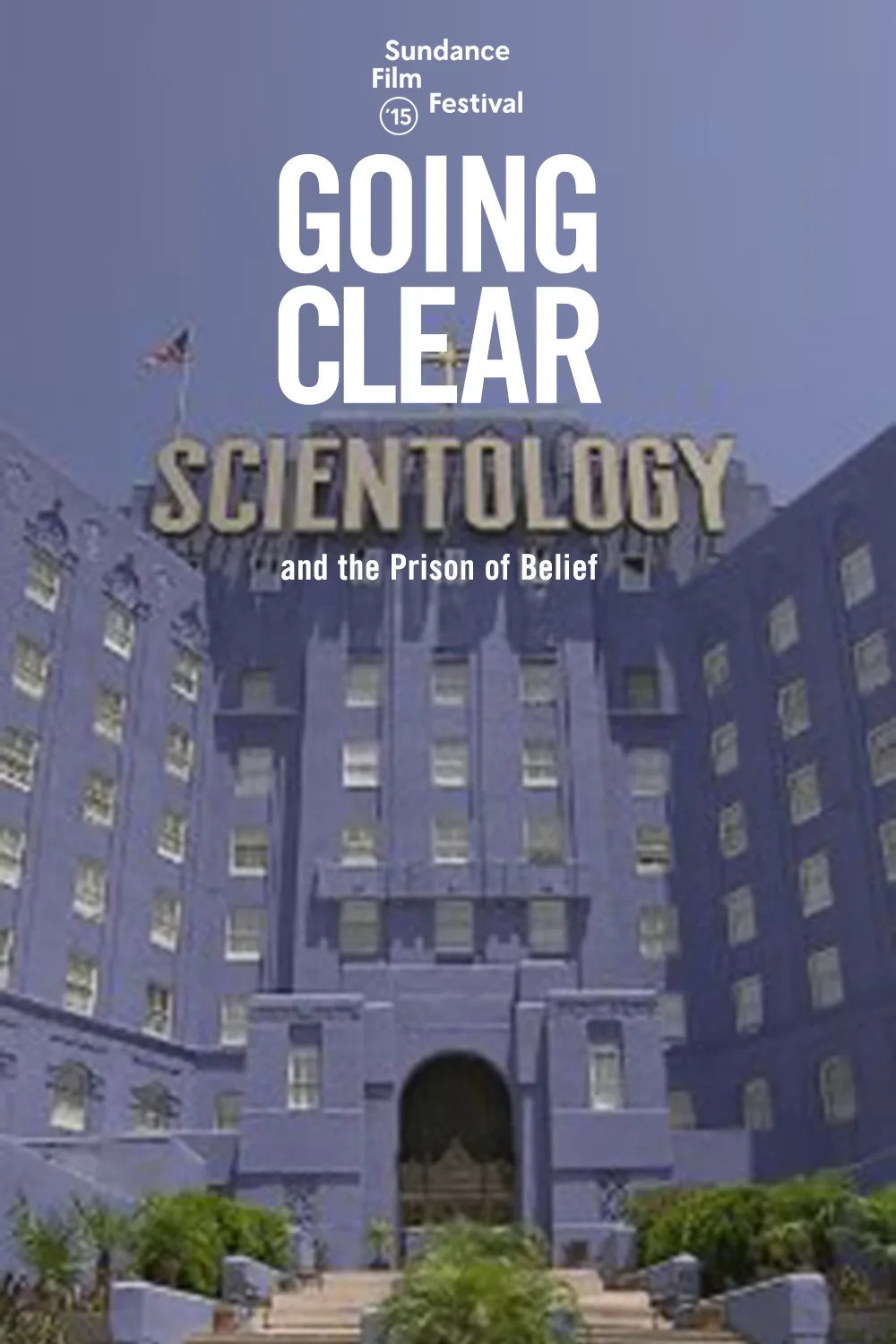Alex Gibney is a filmmaker who takes well-reported, highly-documented stories and pulls them apart, examining them piece by piece to find a further truth within them. With “Enron: The Smartest Guys in the Room,” he didn’t so much expose the criminal business practices of one of the biggest companies in the world as much as he examined how they became normalized and the fall-out that forever changed business. With “Mea Maxima Culpa: Silence in the House of God,” he doesn’t so much offer new facts about pedophilia but try and illuminate how this dark corner of human existence persisted. He is a documentarian more interested in the environment that creates his subjects than the behavior of the subjects specifically. And so his controversial “Going Clear: Scientology and the Prison of Belief” is in some senses a perfect fit for filmmaker and subject. Where has this controversial religion come from? How did it attain such popularity? And why is it such a part of the fabric of Hollywood, attracting major names like John Travolta and Tom Cruise? That Gibney doesn’t quite get all the answers to these questions isn’t as material as it might be for other films. He’s tackling them as no one else could.
In his fashion, Gibney examines Scientology from an organizational perspective—its history, its spokespeople, its allure—and yet he makes it clear from the very beginning that this will also be a confessional piece, opening the film with voices and soundbites of those who know about Scientology from the inside. The credits of the film mimic an important part of the Scientology experience: auditing, in which members of the church discuss painful memories and deep-seated secrets in order to expel them from their being. The idea is one common in therapy: only through examination can we discard that which is weighing us down. Consider “Going Clear” an audit for the former leaders and most prominent members of the Church of Scientology, now willing to come forward and allege abuse, intimidation, and brainwashing.
At first glance, Scientology is inherently appealing. Celebrities like John Travolta have espoused how its very purpose is to “further joy.” It promises a journey of self-discovery in which you will not only shed the mental and emotional weights that keep you down but become smarter, stronger, and better as a human being. Who doesn’t want that? Who has never been attracted to something that promised personal improvement? Paul Haggis was at a certain down point in his life and the Oscar-winning filmmaker is one of Gibney’s most engaging subjects, detailing not just why he left Scientology but what attracted him to it in the first place.
In 1952, L. Ron Hubbard, a prolific sci-fi writer, took several of the concepts with which he was playing in his genre fiction and created a religion. Gibney’s film even goes as far as to assert, through the writings of Hubbard’s ex-wife, that the writer crafted the religion out of profitable motivations, noting that the tax-free status of the organization was the way to wealth. “Going Clear” paints a portrait of a deeply troubled man in LRH, someone who wrote asking for mental health and suffered severe paranoia. But he was also charismatic and smart enough to convey a vision of a better life to millions of people who turned “Dianetics,” the Bible of Scientology, into a worldwide phenomenon.
Flash forward a quarter-century as the Church really takes off in the ‘70s and ‘80s, helped in no small part from celebrity members like Travolta and Tom Cruise. Gibney pulls no punches with his celebrity section of “Going Clear,” asserting that auditing sessions with members of the Church are recorded and can therefore be used as blackmail to keep people in the organization and actively recruiting people to join it and, this is key, donating money. There’s an interview with a key member of the power structure of Scientology for decades who asserts that he was assigned with facilitating the break-up with Nicole Kidman to get Cruise back to the church from which she had pulled him. Do they have secret, private videos of celebrity auditing sessions keeping these celebrities “in line”? Someone even goes as far as to call Travolta “the church’s captive.”
Not unlike his other exposes of unchecked power, “Going Clear” gets angrier as it goes along, especially when it gets to members of the Church being asked to disassociate from loved ones deemed SPs (Suppressive People) and intimidation of those who dare speak out against the organization. Although by this point, we’ve already heard about the former spokesperson who needed rehabilitation and who claims she was essentially sent to a prison camp in the Scientology Headquarters, at which her baby was forced into deplorable conditions to the point that she had to flee by speeding car. So the anger is easily mustered. Although the chapter in which former enforcers of smear campaigns discuss the tactics used did send a slight chill through my screening room as I remembered film critics who dared write about the film when it premiered at Sundance getting angry letters. I don’t think they can go after everyone who reviews the film or watches it this weekend in theaters or starting March 29th on HBO. At least I hope not.
Gibney crams as much material as possible into a quick two hours (he really knows how to edit and pace a piece like this one as it feels much shorter) and yet, to be fair, there’s still an angle missing just by virtue of the fact that he couldn’t get anyone from the Church of Scientology today on camera. He reportedly tried to contact leader David Miscavige, Travolta, Cruise, Kidman, and many of the other major players in his story, but was denied or ignored. However, if one is to take these attempts as truthful, what does it say about an organization that’s completely unwilling to comment on its own practices or accusations against it? As we’ve learned from Gibney before, it is when power structures go silent in the face of criticism that we need be most fearful.




















